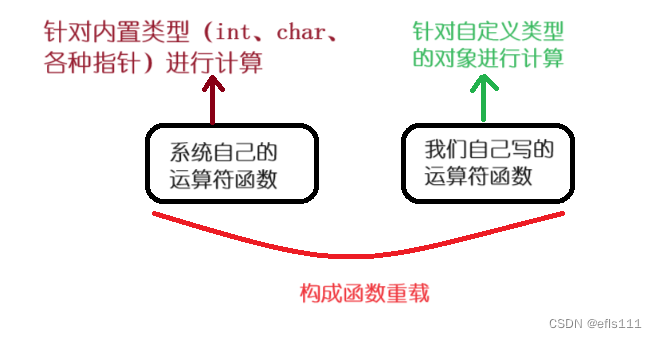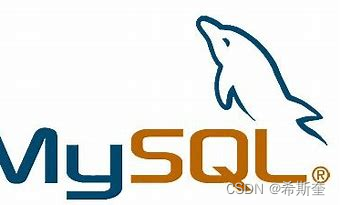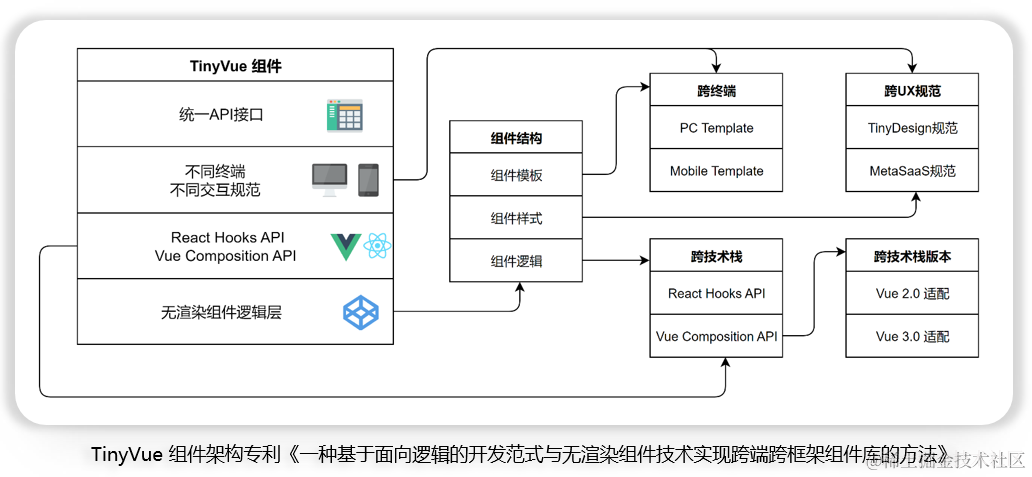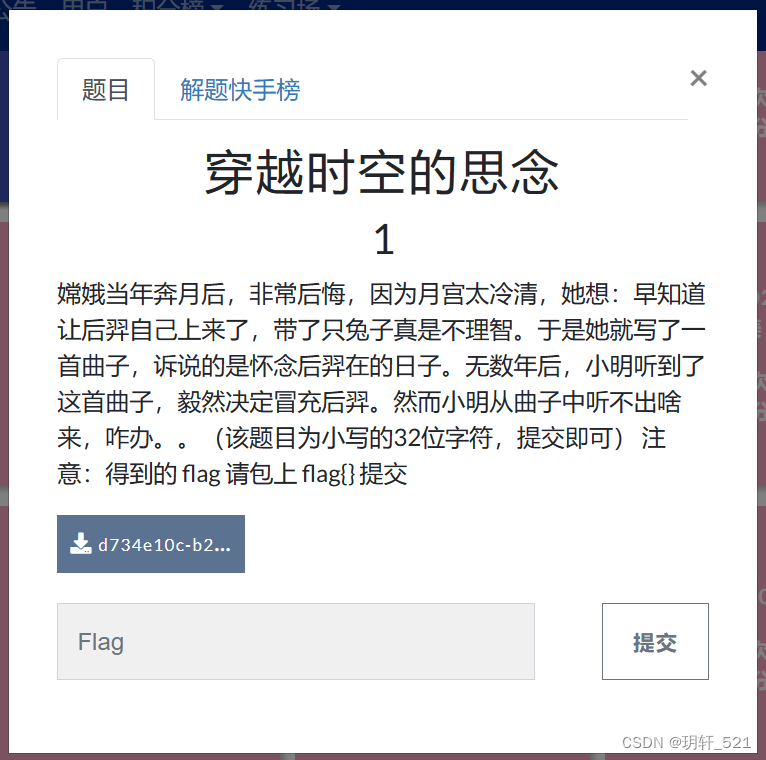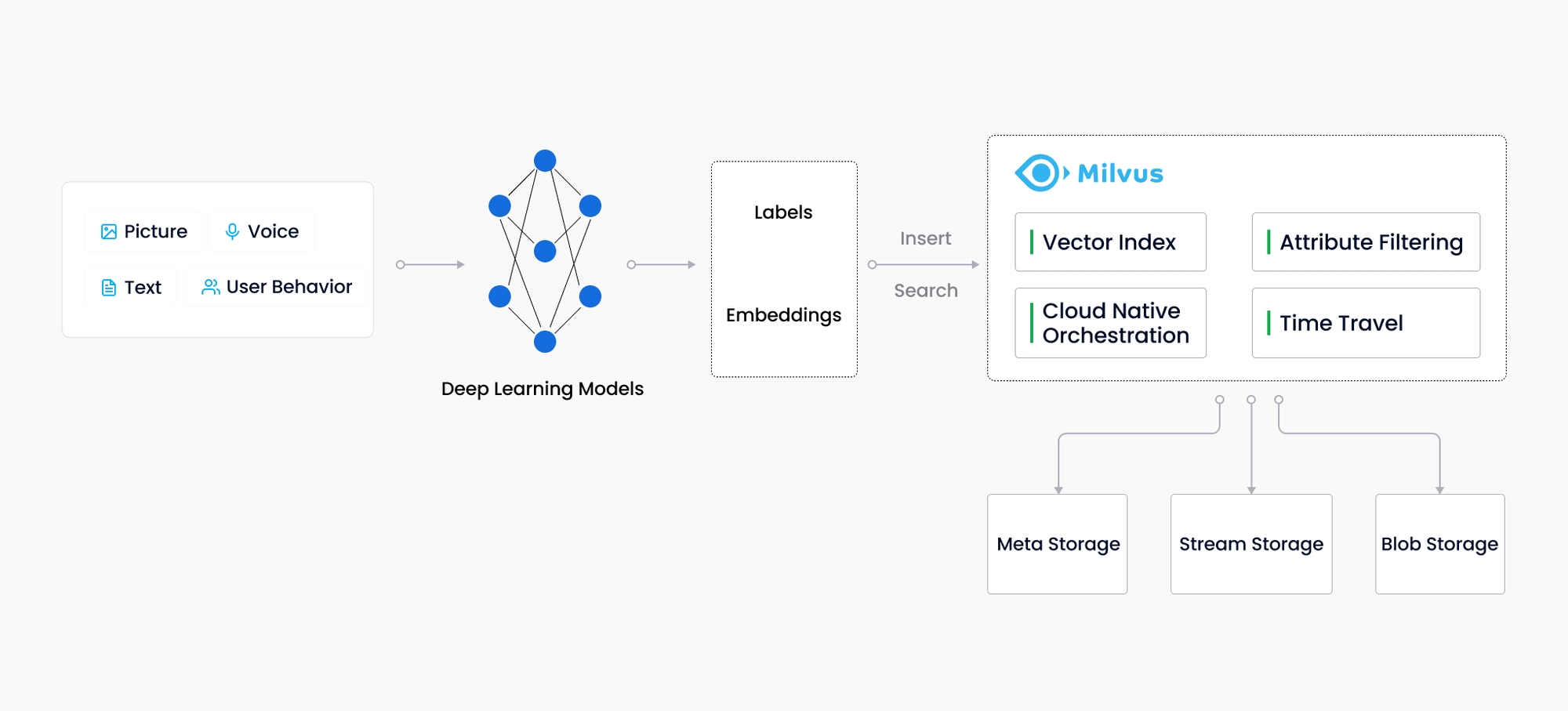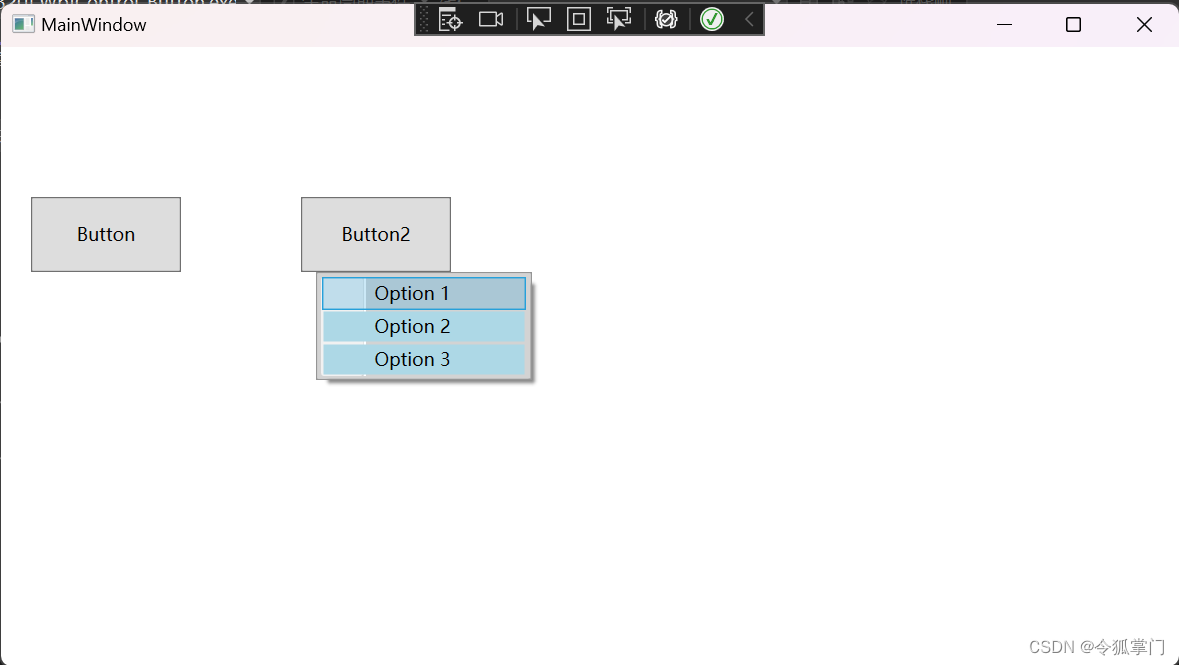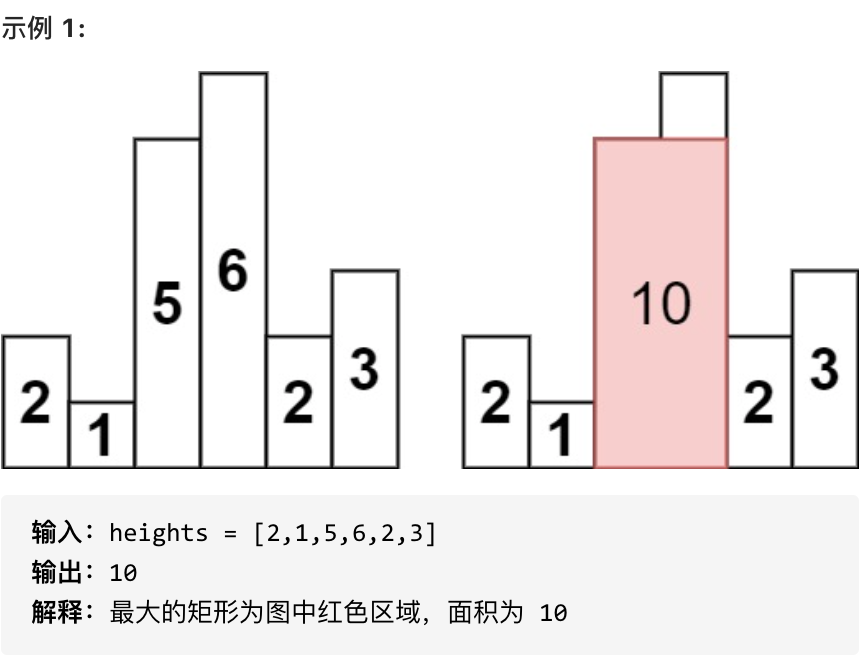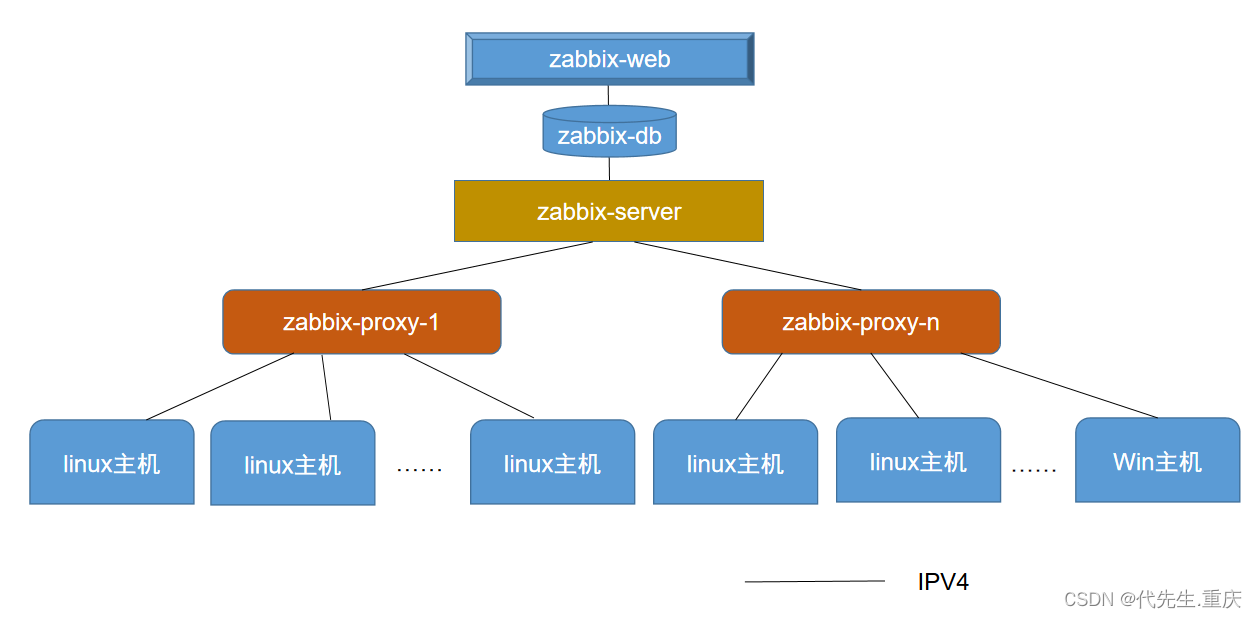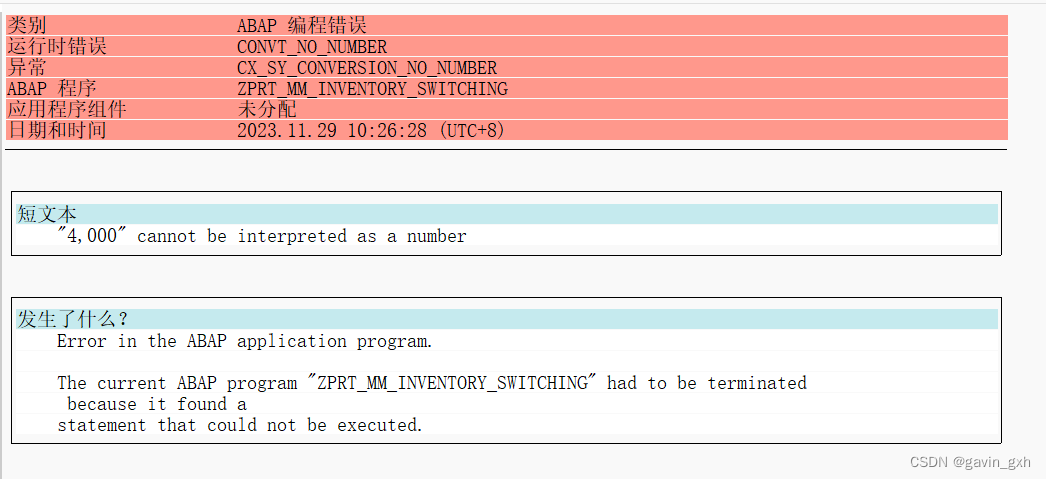运算符重载:
运算符的重载实际是一种特殊的函数重载,必须定义一个函数,并告诉C++编译器,当遇到该重载的运算符时调用此函数。这个函数叫做运算符重载函数,通常为类的成员函数
定义运算符重载函数的一般格式
返回值类型 类名::operator重载的运算符(参数表) {.......}
operator是关键字,它与重载的运算符一起构成函数名。因函数名的特殊性,C++编译器可以将这类函数识别出来。
加号运算符重载:
作用:实现两个自定义数据类型相加的运算
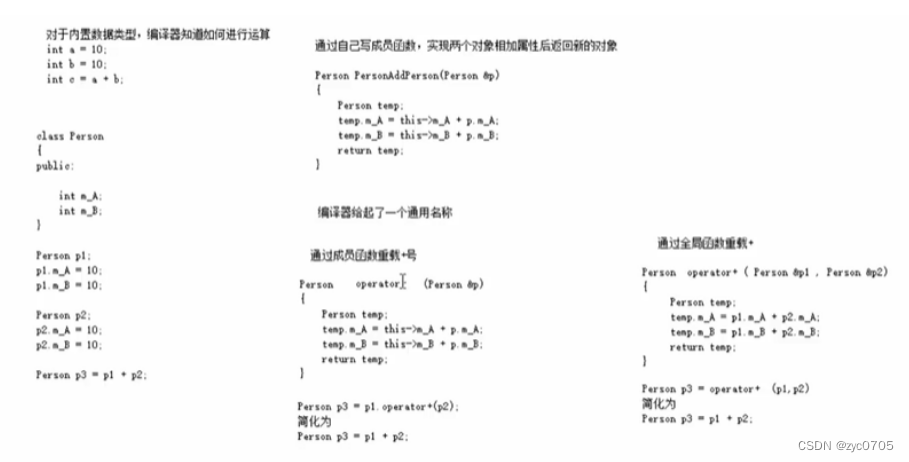
1.成员函数实现 + 号运算符重载

#include <iostream>
using namespace std;
//加号运算符重载
class Person
{
public:
//1 成员函数实现 + 号运算符重载
Person operator+(Person& p)
{
Person temp;
temp.m_A = this->m_A + p.m_A;
temp.m_B = this->m_B + p.m_B;
return temp;
}
int m_A;
int m_B;
};
void test01() {
Person p1;
p1.m_A = 10;
p1.m_B = 10;
Person p2;
p2.m_A = 10;
p2.m_B = 10;
Person p3 = p1 + p2;
cout << "p3.m_A = " << p3.m_A<< endl;
cout << "p3.m_B = " << p3.m_B<< endl;
}
int main() {
test01();
system("pause");
return 0;
}

(2).全局函数重载:
class Person
{
public:
//1 成员函数实现 + 号运算符重载
/*Person operator+(Person& p)
{
Person temp;
temp.m_A = this->m_A + p.m_A;
temp.m_B = this->m_B + p.m_B;
return temp;
}*/
int m_A;
int m_B;
};
//2.全局函数重载+号
Person operator+(Person& p1, const Person& p2)
{
Person temp;
temp.m_A = p1.m_A + p2.m_A;
temp.m_B = p1.m_B + p2.m_B;
return temp;
}
//3 运算符重载 可以发生函数重载
Person operator+(Person& p1, int num)
{
Person temp;
temp.m_A = p1.m_A + num;
temp.m_B = p1.m_B + num;
return temp;
}
void test01() {
Person p1;
p1.m_A = 10;
p1.m_B = 10;
Person p2;
p2.m_A = 10;
p2.m_B = 10;
//成员函数方式
Person p3 = p2 + p1; //相当于 p2.operaor+(p1)
Person p3 = p1 + p2;
//全局函数重载本质调用:
Person p3 = operator+(p1, p2);
Person p3 = p1 + p2;
//
cout << "p3.m_A = " << p3.m_A<< endl;
cout << "p3.m_B = " << p3.m_B<< endl;
}
int main()
{
test01();
system("pause");
return 0;
}2.左移运算符重载
#include <iostream>
using namespace std;
//左移运算符重载
class Person
{
friend ostream& operator<<(ostream& cout, Person& p);
public:
Person(int a, int b)
{
this->m_A = a;
this->m_B = b;
}
private:
//成员函数 实现不了 p << cout 不是我们想要的效果
//void operator<<(Person& p){
//}
int m_A;
int m_B;
};
//全局函数实现左移重载
ostream& operator<<(ostream& cout, Person &p) //本质 operator<<(cout,p) 简化cout<<p
{
cout << "m_A = " << p.m_A << " m_B = " << p.m_B;
return cout;
}
void test01()
{
Person p(10,10);
//p.m_A = 10;
//p.m_B = 10;
cout << p<<"hello world"<<endl; //链式编程 输出一个对象就能打印他的属性
}
int main()
{
test01();
system("pause");
return 0;
}
总结:重载左移运算符配合友元可以实现输出自定义数据类型
3.递增运算符重载
class MyInteger
{
friend ostream& operator<<(ostream& cout, MyInteger myint);
public:
MyInteger() {
m_Num = 0;
}
private:
int m_Num;
};
//重载左移运算符
ostream& operator<<(ostream& cout, MyInteger myint)
{
cout << myint.m_Num << endl; //全局函数想要访问私有属性
return cout;
}
void test01()
{
MyInteger myint;
cout << myint << endl;
}
int main()
{
test01();
system("pause");
return 0;
}
输出结果: 0

![]()
class MyInteger
{
friend ostream& operator<<(ostream& cout, MyInteger myint);
public:
MyInteger() {
m_Num = 0;
}
//重载前置++运算符 返回引用为了一直对一个数据进行递增操作
MyInteger& operator++()
{
//先++
m_Num++;
//再返回
return *this;
}
//重载后置++运算符
//int代表占位参数,可以用于区分前置和后置递增
MyInteger operator++(int)
{
//先记录当时结果
MyInteger temp = *this;
//后递增
m_Num++;
//最后将记录结果做返回
return temp;
}
private:
int m_Num;
};
//重载左移运算符
ostream& operator<<(ostream& cout, MyInteger myint)
{
cout << myint.m_Num << endl; //全局函数想要访问私有属性
return cout;
}
void test01()
{
MyInteger myint;
cout << ++myint << endl;
}
void test02()
{
MyInteger myint;
cout << myint++ << endl;
cout << myint << endl;
}
int main()
{
// test01();
test02();
system("pause");
return 0;
}
4.赋值运算符重载:
class Person
{
public:
Person(int age)
{
m_Age = new int(age); //把数据创建在堆区
}
~Person()
{
if (m_Age != NULL)
{
delete m_Age;
m_Age = NULL;
}
} //释放堆区内存
int* m_Age;
};
void test01()
{
Person p1(18);
Person p2(20);
p2 = p1; //赋值操作
cout << "p1的年龄为:" << *p1.m_Age << endl;
cout << "p2的年龄为:" << *p2.m_Age << endl;
}
int main()
{
test01();
system("pause");
return 0;
}上示代码会崩;

崩溃原因:堆区内存重复释放

解决方法: 
示例如下:
class Person
{
public:
Person(int age)
{
m_Age = new int(age); //把数据创建在堆区
}
~Person()
{
if (m_Age != NULL)
{
delete m_Age;
m_Age = NULL;
}
} //释放堆区内存
//重载 赋值运算符 (编译器默认提供) 是一个浅拷贝的操作,创建在堆区d的属性,就会出现堆区内存重复释放
Person& operator=(Person &p) //返回引用
{
//编译器提供的代码是浅拷贝
//m_Age = p.m_Age;
//应该先判断是否有属性在堆区,如果有先释放干净,然后再深拷贝
if (m_Age != NULL)
{
delete m_Age;
m_Age = NULL;
}
//提供深拷贝 解决浅拷贝的问题
m_Age = new int(*p.m_Age);
//返回自身 为了实现连等
return *this;
}
int* m_Age; //创建在堆区
};
void test01()
{
Person p1(18);
Person p2(20);
Person p3(30);
p3 = p2 = p1; //赋值操作
cout << "p1的年龄为:" << *p1.m_Age << endl;
cout << "p2的年龄为:" << *p2.m_Age << endl;
cout << "p3的年龄为:" << *p3.m_Age << endl;
}
int main()
{
test01();
system("pause");
return 0;
}
拷贝构造函数 与赋值重载函数的区别。
总结: 浅赋值与深复制。
什么时候使用深拷贝和深赋值。
在类型设计中,使用动态内存或使用内核对象时,必须重新实现拷贝构造函数和赋值重载
5.关系运算符重载:
class Person
{
public:
Person(string name, int age) //用构造函数进行赋初值
{
m_Name = name;
m_Age = age;
}
string m_Name;
int m_Age;
};
void test01()
{
Person p1("Tom", 18);
Person p2("Tom", 18);
if (p1 == p2) 、//err
{
cout << "a和b相等" << endl;
}
else
{
cout << "a和b不相等" << endl;
}
}
int main()
{
test01();
system("pause");
return 0;
}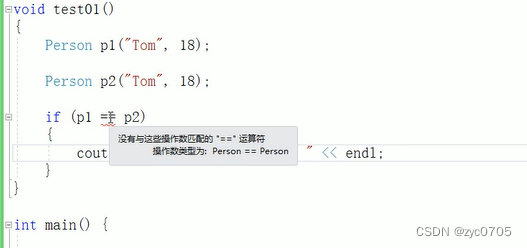
对于==
重载关系运算符,可以让两个自定义类型对象进行对比操作
class Person
{
public:
Person(string name, int age) //用构造函数进行赋初值
{
m_Name = name;
m_Age = age;
}
//重载 == 号
bool operator==(Person& p)
{
if (this->m_Name == p.m_Name && this->m_Age == p.m_Age)
{
return true;
}
else
{
return false;
}
}
string m_Name;
int m_Age;
};
void test01()
{
Person p1("Tom", 18);
Person p2("Tom", 18);
if (p1 == p2) //err 需要重载==
{
cout << "p1和p2相等" << endl;
}
else
{
cout << "p1和p2不相等" << endl;
}
}
int main()
{
test01();
system("pause");
return 0;
}![]()
对于!=

class Person
{
public:
Person(string name, int age) //用构造函数进行赋初值
{
m_Name = name;
m_Age = age;
}
//重载 == 号
bool operator==(Person& p)
{
if (this->m_Name == p.m_Name && this->m_Age == p.m_Age)
{
return true;
}
else
{
return false;
}
}
bool operator!=(Person& p)
{
if (this->m_Name == p.m_Name && this->m_Age == p.m_Age)
{
return false;
}
else
{
return true;
}
}
string m_Name;
int m_Age;
};
void test01()
{
Person p1("Tom", 18);
Person p2("Jerry", 18);
if (p1 == p2) //err 需要重载==
{
cout << "p1和p2相等" << endl;
}
else
{
cout << "p1和p2不相等" << endl;
}
if (p1 != p2) //err 需要重载==
{
cout << "p1和p2是不相等" << endl;
}
else
{
cout << "p1和p2相等" << endl;
}
}
int main()
{
test01();
system("pause");
return 0;
}
运行结果:
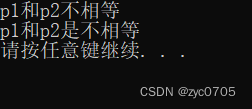
6.函数调用运算符重载
//打印输出类
class MyPrint
{
public:
//重载函数调用运算符 也称为仿函数
void operator()(string test) //()代表了函数名 (string test) 形参列表
{
cout << test << endl;
}
};
void MyPrint02(string test)
{
cout << test << endl;
}
void test01()
{
MyPrint myPrint;
myPrint("hello world");//由于使用起来非常类似于函数调用,因此称为仿函数
MyPrint02("hello world"); //函数调用
}
//仿函数非常灵活 没有固定的写法 依照需求 写对应的仿函数
//加法类
class MyAdd //实现两数相加
{
public:
int operator()(int num1,int num2)
{
return num1 + num2;
}
};
void test02()
{
MyAdd myadd; //先创建对象
int ret = myadd(100, 100);
cout << "ret = " << ret << endl;
//匿名对象调用 类型加小括号
cout << "MyAdd()(100,100) = " << MyAdd()(100, 100) << endl;
}
int main()
{
test01();
//test02();
system("pause");
return 0;
}运算符重载函数的总结:
1、运算符重载函数的函数名必须为关键字operator加一个合法的运算符。在调用该函数时,将右操作数作为函数的实参。
2、当用类的成员函数实现运算符的重载时,运算符重载函数的参数(当为双目运算符时)为一个或(当为单目运算符时)没有。运算符的左操作数一定是对象,因为重载的运算符是该对象的成员函数,而右操作数是该函数的参数。
3、单目运算符“++”和“"存在前置与后置问题.
前置“++"格式为:
返回类型 类名::operator++(){......}
而后置“++"格式为:
返回类型 类名::operator++(int){......}
后置“++”中的参数int仅用作区分,并无实际意义,可以给一个变量名,也可以不给变量名。
4、C++中只有极少数的运算符不允许重载
重载运算符有以下几种限制:
不可臆造新的运算符.
不能改变运算符原有的优先级、结合性和语法结构,不能改变运算符操作数的个数.
运算符重载不宜使用过多
重载运算符含义必须清楚,不能有二义性


